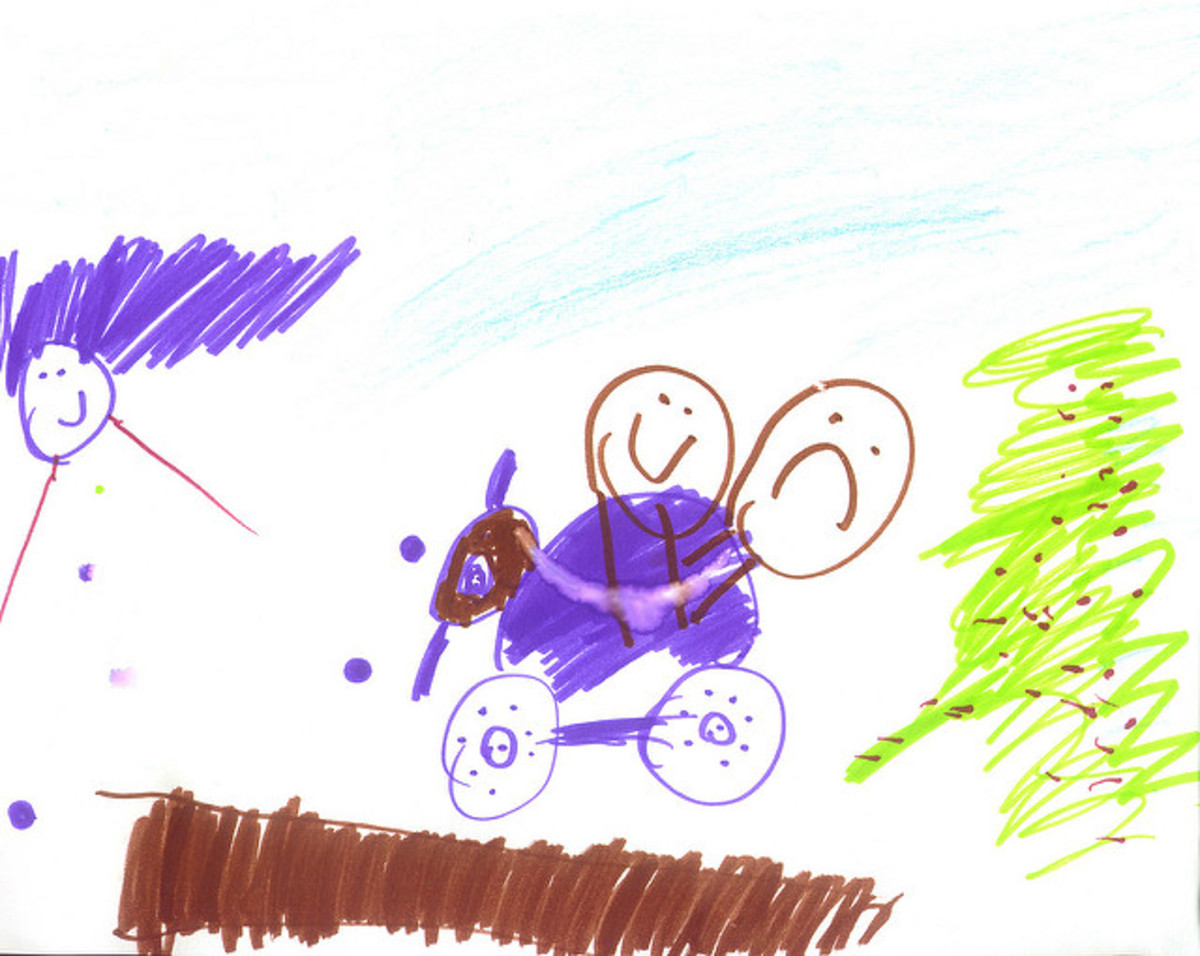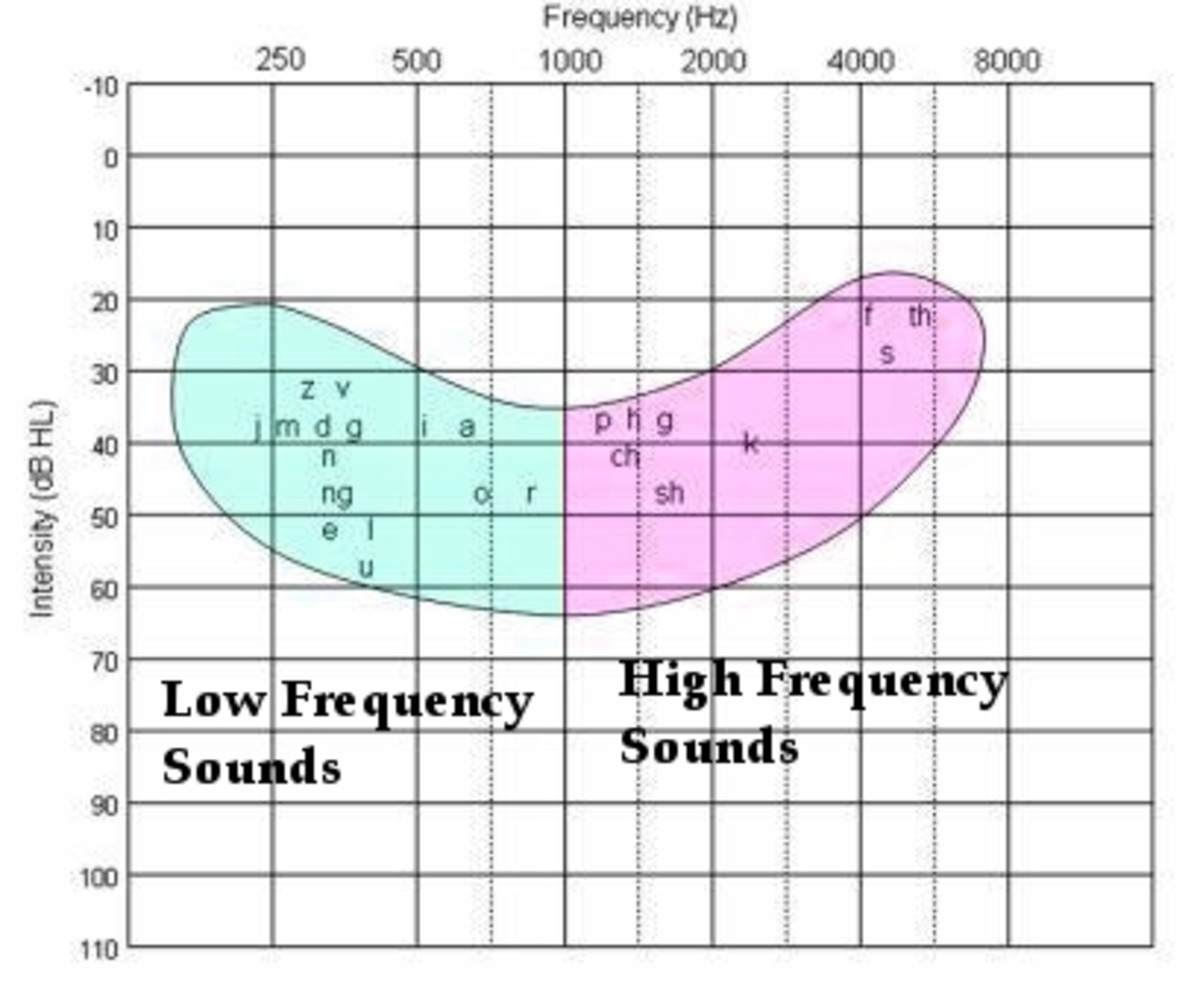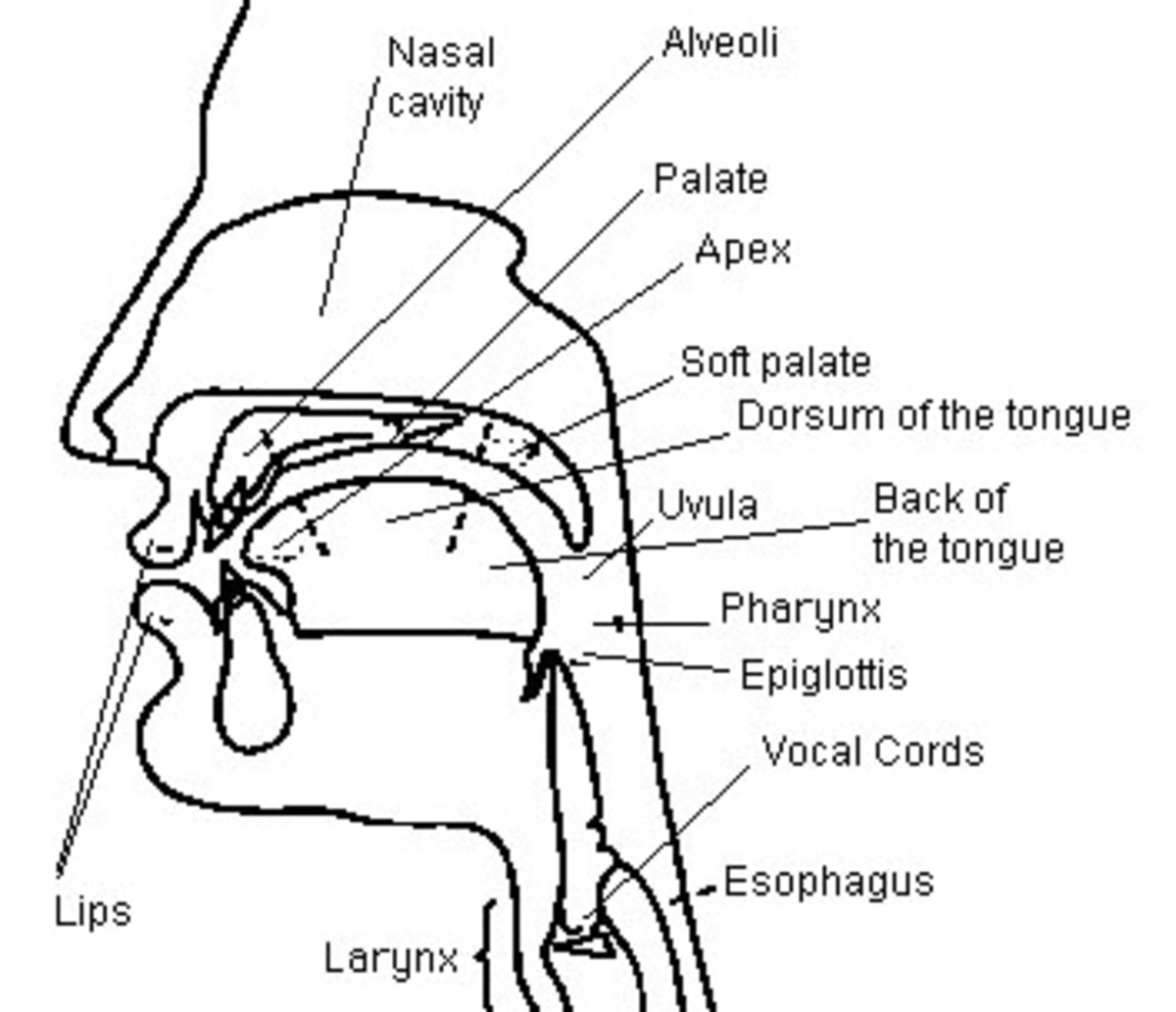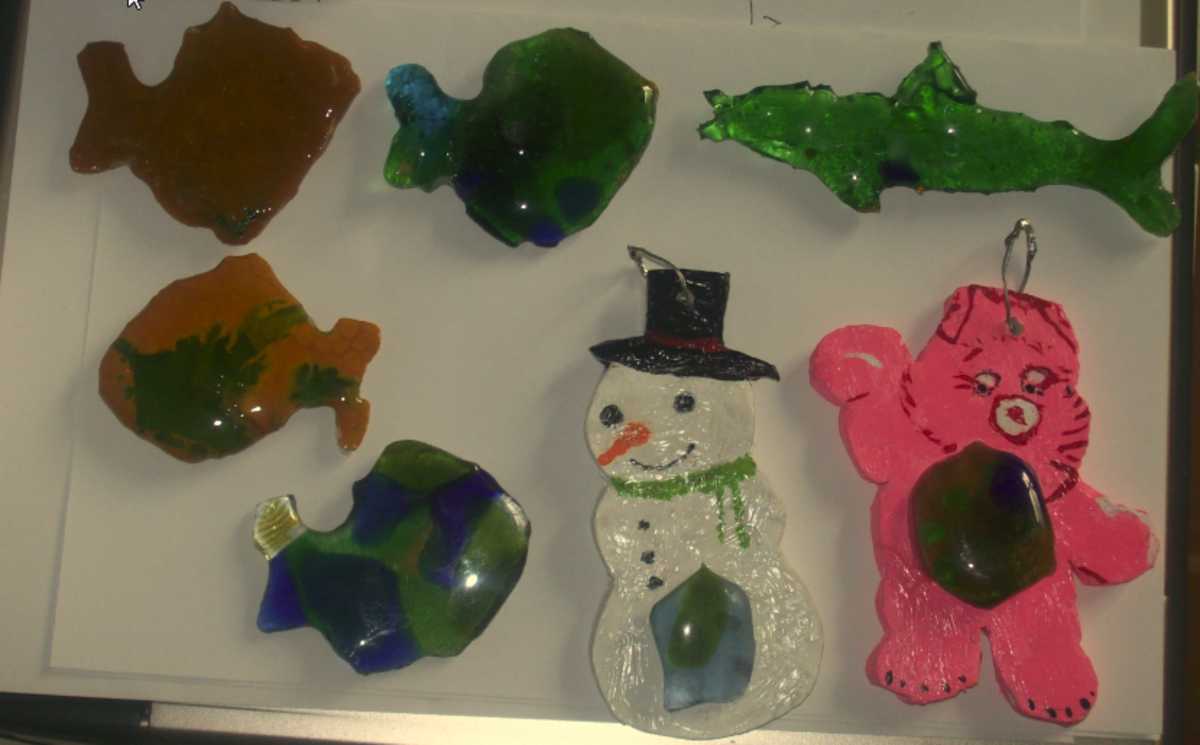- HubPages»
- Family and Parenting»
- Kids»
- Children's Growth & Development
Typical Development of Speech, Language and Communication in Children.
It can be an exciting time for parents when their young children begin to speak and are more able to communicate their needs. However it can also be an experience that is fraught with worries. Concerns may arise from parent’s tendency to of compare their child to others of the same age or worries that a younger child is more advanced. It is important to remember that all children develop at their own pace and delays now do not mean that they will not catch up in time. It is also often the case that if a child is lacking in one skill, there will be another that they excel in: for example a child who does not know as many words as their peers, may have better motor skills.
Although on the surface the terms speech, language and communication may all appear to refer to the same thing they all in fact have separate and specific meanings:
Speech refers to the ability humans have to make the sounds that make up our various languages. If a person is able to make the required sounds accurately it makes them much easier to understand. Speech skills include being able to speak fluently, speaking without hesitation and using the correct letter sounds and lengths as needed.
Language is a term used to mean the ability to connect sounds together in order to create recognisable words, sentences and larger segments of speech. The term language is also used to mean an ability to understand what other people say to us.
Communication refers to the use of appropriate language as a whole in a way that allows two or more people to communicate effectively. The term communication can also be used to mean the expression of concepts and thoughts. As well as the spoken aspects of communication there are some non-verbal areas such as listening to the other person, turn taking, making eye contact and body language to be considered.
Children and adults can experience a range of difficulties related to speech, language or communication. These can be present in one or more of these areas and in some cases can be part of a larger medical condition, such as autism. Sometimes problems relating to speech, language and communication needs (SLCN) are referred to using other terms such as speech delay or communication disorder. In these cases the term delay is used when a child is developing normally but at a slower rate than comparative typical children. Speech or language disorders may also be present when a child’s overall development is progressing in an unusual way. Because of difficulties in being certain as to whether a child’s development is abnormal or delayed some professionals have adopted the phrase ‘speech and language impairment’ rather than using a possibly inaccurate specific term.
Speech, language and communication needs are also known as SLCN. These needs can present in many different ways and will vary in the impact on each individual child. Because of this there is a commonly used base of typical signs or symptoms of SLCN that are used to assess a child’s abilities. These signs range from a child having speech that is very difficult to understand, them not talking at all or showing difficulties in understanding what is said to them.
During the first two years of life some symptoms that a speech, language or communication disorder may be present include:
- Not using appropriate eye contact
- Not babbling as much as is typically expected
- Not responding to the speech of others (and no hearing impairment is present)
As the child gets older they may struggle with two way communication and show little or delayed language development. It may be the case that a child does not properly understand what is said to them, they may have poor listening skills or appear to not hear sounds around them. Difficulties in understanding and using speech and language to communicate effectively can lead to extreme frustrating for toddlers and young children. They may also appear shy, avoid making eye contact, become withdrawn or begin to speak even less. This can have an impact on other areas of development so it is important that difficulties are picked up and worked on as soon as possible.
By the time they reach the ages of 3-5 years old a child who has SLCN may have fallen behind their peers, not only in terms of their speech skills but also in play and interaction skills. Children with speech, language and communication issues often find it harder to understand the unspoken rules of play such as turn taking as well as struggling with developing general social skills. In school the child may appear to have learning difficulties, difficulties with reading, making friends and with their emotional well-being and behaviour. They may also be easily frustrated, angered or quick to hit out due to the constant difficulty in understanding and being understood.
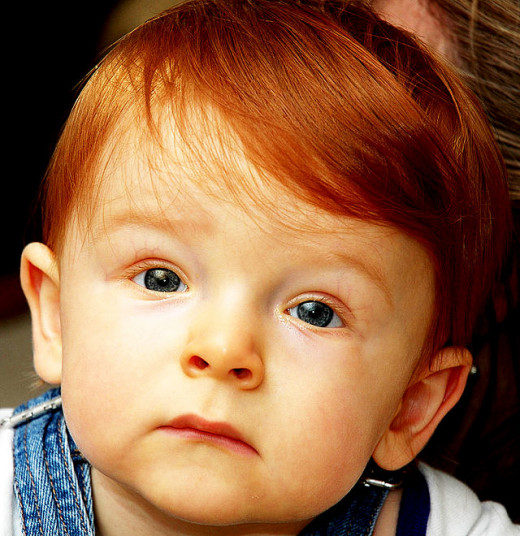
Risk Factors
As with many other medical conditions, some children are more at risk of developing speech, language and communication issues. Research has shown that a child has a higher risk of speech, language and communication difficulties if they have a close relative with a SLCN. Around 30% of children with SLCN have a parent, sibling or other close relative who also have difficulties. Other factors that appear to contribute to a higher risk include low birth weight, premature birth (before 37 weeks gestation) and having other delayed skills such as late walking or poor coordination. Boys are also 2-3 times more likely to struggle with speech, language and communication problems.
Typical Speech and Language Development between Birth and Five Years of Age
Speech and language difficulties are not set, concrete conditions that every child will experience in the same way. The can vary greatly not only in severity but in the way they affect each child. Some children will have difficulties with both speech and language whereas others may struggle with only one of these. Even if a child has issues relating to their speech and language, the difficulties they show may not be balanced, with one area being greater affected than the other. If a child has a mild need it may also be the case that they are able to compensate for these by using other skills that they possess.
From birth to three months
From birth a baby will normally startle at loud noises and unless distressed will quieten and even smile at the sound of familiar voices. They will soon be able to recognise their mother and father’s voices. When happy and calm, a baby should smile at its parents and make small sounds such as cooing. These are the beginnings of language and communication. Typically developing babies will also cry differently depending on the need they are communicating. These differing cries will be distinguishable by those that spend a lot of time with the child and enable their needs to be met more efficiently.
From four to six months
At this age babies begin to move their eyes in the direction of noises and sounds around them. They will start to notice that toys make noises. They may pay attention to music and even show a preference for some styles of music.
Babies will be able to laugh and chuckle and be able to show when they are happy or unhappy about something. If you listen carefully you may hear the sounds for letters m, b and p beginning to form among a babies babbling. At this age typically developing babies will gurgle and babble to themselves when alone as well as to others when they are present.

Seven months to one year
At this ages babies are likely to enjoy playing games such as peek-a-boo and will begin to recognise common words such as ‘book’ or ‘cup’. Their listening skills will be better developed and they will be able to respond to simple requests such as ‘come here’. They will turn to the direction of sounds and may move towards them if they wish.
By now babbling has become more developed and will contain short and long sounds. These sounds can be used as well as crying to get someone’s attention when needed. Children in this age bracket will also begin to use gestures such as waving or holding out their arms. They will attempt to imitate sounds and will most likely be able to say several simple words such as ‘cat’, ‘mama’ and ‘dada’ by the time they reach a year old.
One to two years
Toddlers between one and two years old will be able to follow easy commands such as pointing to parts of their body and understand some simple questions such as ‘where is your cup?’. They can listen to and enjoy stories, rhymes and songs aimed at their age group as well as being able to point to pictures when the item is named. Most children in this age group will be constantly adding to their vocabulary and will start using two word phrases.
Two to Three Years
Understanding of instruction words such as ‘stop’ and ‘go’ will improve greatly during this time and children will be able to grasp differences in the meanings of words. They will follow two part instructions and are more likely to enjoy and be able to sit and listen to longer stories.
At this age a child will have a much larger vocabulary and will be capable of using many two or three word phrases both to talk about things and to request items, attention and help. The child’s speech should be easily understandable to people who are familiar to them. At this stage children often start to ask why questions and can ask for many objects by name rather than by pointing or using babble or noises.
Four to Five Years
At this age a child will be able to accurately use words such as ‘first’, ‘last’ and ‘next’. They will be starting to understand the concept of time and be able to understand that events can occur today, tomorrow, next week etc. A child will be able to understand longer sets of instructions and will be able to make sense of most of what they hear.
Although they may still make mistakes making some of the more difficult sounds required for speech, their speech should be clear and their vocabulary growing well. They will be able to tell short stories and know how to keep a two way conversation going. Children of this age will be able to change how they speak depending on who they are talking to: for example using more formal speech when talking to teachers rather than with their friends or using shorter sentences and simple words when speaking to younger children.
This content is accurate and true to the best of the author’s knowledge and does not substitute for diagnosis, prognosis, treatment, prescription, and/or dietary advice from a licensed health professional. Drugs, supplements, and natural remedies may have dangerous side effects. If pregnant or nursing, consult with a qualified provider on an individual basis. Seek immediate help if you are experiencing a medical emergency.
© 2014 Claire


